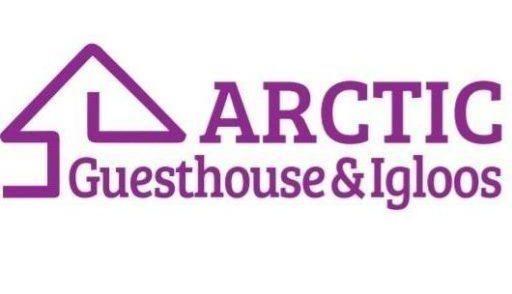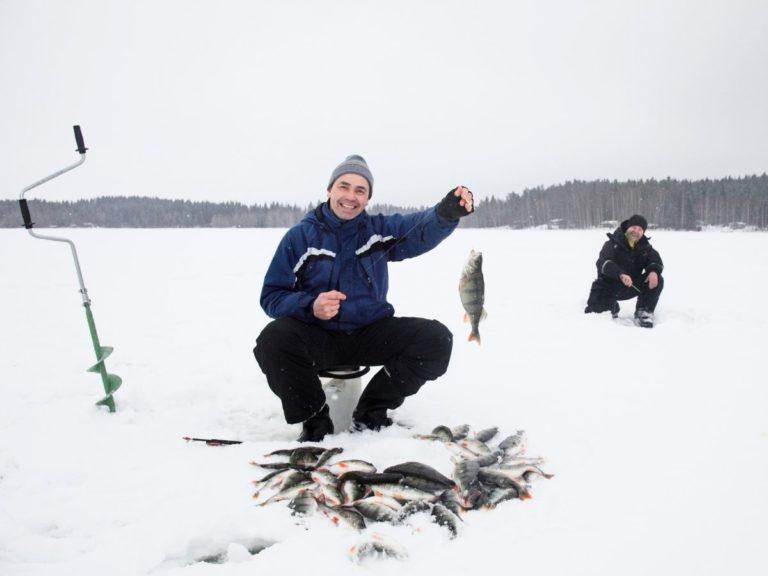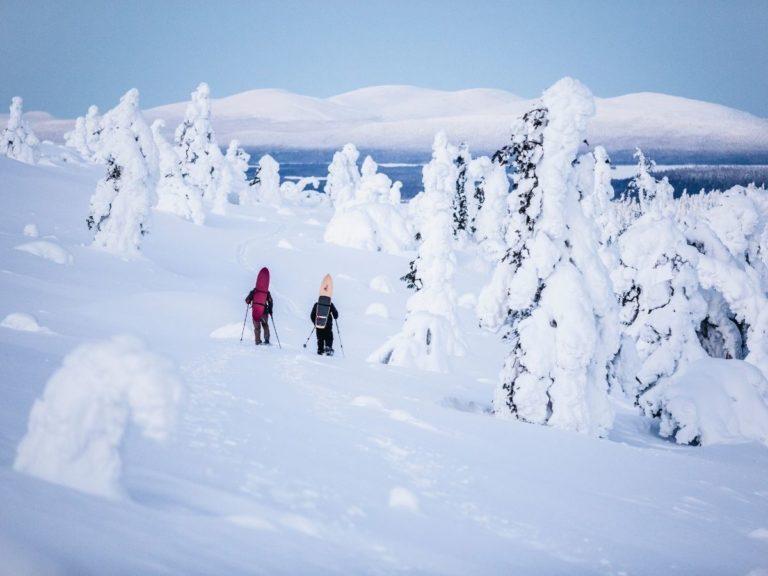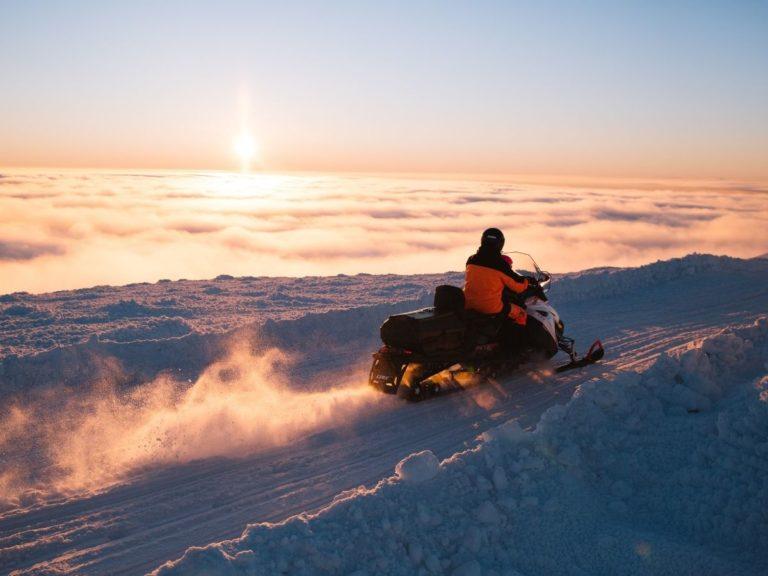Table of contents
What are northern lights and where to see them?
Northern lights, also known as Aurora borealis, refer to light phenomena that consist of colorful, “dancing” and deforming patterns in the northern night sky. In quiet places, northern lights can also be heard making sounds in the night sky.
It is possible to observe the northern lights the closer we are to the polar regions of the earth. In Finland, northern lights occur most in Lapland, which is located e.g. On both sides of the Arctic Circle, which runs through Rovaniemi.
Northern lights are spotted and photographed in Finland mainly in the northern parts of the country, close to the Arctic Circle, but in fact they can be seen all over the country all the way to the capital Helsinki.
According to Forbes, Ranua and Rovaniemi in Finnish Lapland are among the 17 best places to see the aurora borealis in 2021.
The southern lights (Aurora australis)
Aurora borealis observed in the northern hemisphere are also equivalent to the southern polar regions of the globe, and these southern lights (Aurora australis) can be seen in southern parts of Argentina and Australia, for example.
The main reason why the Aurora borealis is so much better known than the southern lights is probably due to the fact that the northern polar circle is much more populated than the southern polar circle, which is why the northern hemisphere also has significantly more tourists.
Another thing to note about the southern lights is that they are not as often seen than the northern versions of them. For years, scientists had believed that the charged particles that cause the light phenomenon are evenly distributed toward the North and South Poles. However, according to a recent study conducted by University of Alberta, this is not the case, but most of the particles are heading north. However, scientists do not yet know why.
One of the researchers’ observations was that the Earth’s magnetic south pole is farther from the Earth’s central axis than the magnetic north pole, which might be the reason, why the lights appear much more frequently in the north.
What causes the northern lights?

For those living near the Arctic Circle, the northern lights are already quite familiar sights in the northern sky. Some of Lapland’s residents are already so used to this light phenomenon that seeing them no longer even evokes particularly strong feelings in them. But then how are Aurora borealis born?
The source of the northern lights is the sun, which is located about 150 million kilometers from the earth. The distance is very long, which protects the earth and all of us from the heat of the sun. Nevertheless, the effects of the sun extend far beyond its visible surface and in many ways as far as the earth.
The roots of the northern lights are also located in the sun as well as in solar storms from there, which send strong gusts of charged solar particles through space and towards Earth. If the Earth is directly in the way of these particle currents, our planet’s magnetic field and atmosphere will react to them when a collision occurs.
When electrically charged particles and toms from the sun hit the Earth’s atmosphere, a reaction occurs that causes the particles that hit the atmosphere to glow light.
How does this happen in practice? The particles consist of a central core as well as an surrounding electron cloud that surrounds the nucleus in the form of an orbit. When charged particles from the sun hit the Earth’s atmosphere, electrons move into a higher energy orbit, farther from the nucleus, and when an electron moves in orbit to a lower energy orbit, it releases a particle of light or photon, causing a light phenomenon.
The same phenomenon can be seen, for example, in artificially created neon signs. In these cases, electricity is used to create a similar reaction. Northern lights work on the same principle – but on a much larger scale, which at best allows for a full northern sky lamp.
Northern lights are seen primarily as a light curtain in different shades of green in the sky, but they often have strong tendencies to vary. Sometimes the northern lights show a hint of pink and the most intense lights can even be completely red or purple.
Mysticism and old folk tales have always been associated with the Northern Lights and their birth, but thanks to science, the birth of the Aurora borealis is no longer a great mystery. Although information is easily and comprehensively available today, many tourists still travel to Finland specifically after the northern lights. For many tourists, seeing and photographing auroras are still absolute highlights of a Lapland holiday.
Autumn and spring are the best times to observe the northern lights
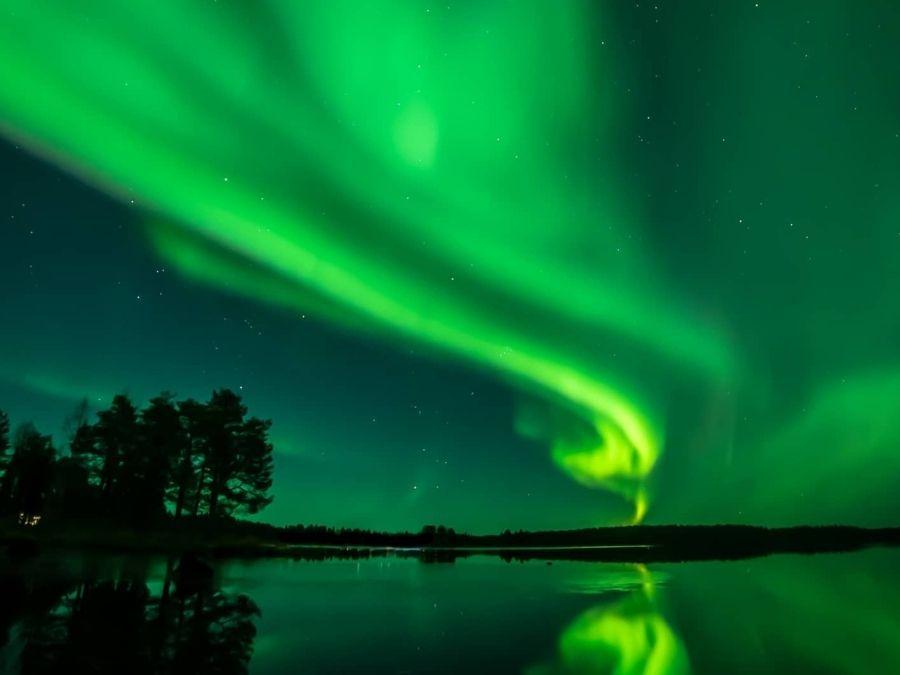
Northern lights are created all year round due to the activity of the sun, but they can only be observed on the earth’s surface when the sky is dark and cloudless enough. Due to this, the aurora borealis season in Finland lasts from the end of August until the first weeks of April.
The probability of the occurrence of northern lights is at best close to the autumn and spring equinoxes. In this case, the earth is in such a position that the sun shines perpendicular to the equator and the magnetic field is shaped so as to direct the particles emanating from the sun most optimally to both the north and south polar regions.
At the time of the winter solstice, changes occur in the Earth’s magnetic field, which slightly reduces the likelihood of seeing northern lights.
Autumn is the optimal time for a northern lights fan because the night temperatures are usually more tolerable than later in autumn or winter, which makes it much easier to organize longer shooting trips, for example.
In winter, severe frosts and wind pose a lot of challenges to both the human body and the camera equipment involved, especially the batteries of cameras, which, when cold, want to lose their charge much faster than normal. For this reason, shooting trips without spare batteries may end in the winter much earlier than planned.
Take advantage of northern lights forecasts and social media
If you are interested in photographing northern lights in the fall, it is not advisable to head in the direction of photography, but rather take advantage of various space weather forecasts, which provide reliable data on when you should start your Aurora hunting. My personal favorite of such services is the Finnish Meteorological Institute’s Space Weather service.
From different northern lights forecasts, it is possible to follow practically hour by hour how solar activity in any area affects. The vertical bars that appear in red in the Finnish Meteorological Institute’s service are a good indication that it is definitely worth walking out now. Another good thing about space weather forecasts is that forecasts are made even weeks ahead. It is quite easy for those interested in observing or photographing northern lights to know well in advance which week the sun’s activity and the opportunity to see the northern lights are at their best.
In addition to the Northern Lights forecasts, good help for those interested in the Auroras can be found on Facebook, where there is a good Finnish group of 18,000 members share a variety of tips for those interested in the Northern Lights. This is a very active and matter-of-fact discussion group, which I can definitely recommend to anyone interested in the Northern Lights.
Northern Lights Photography
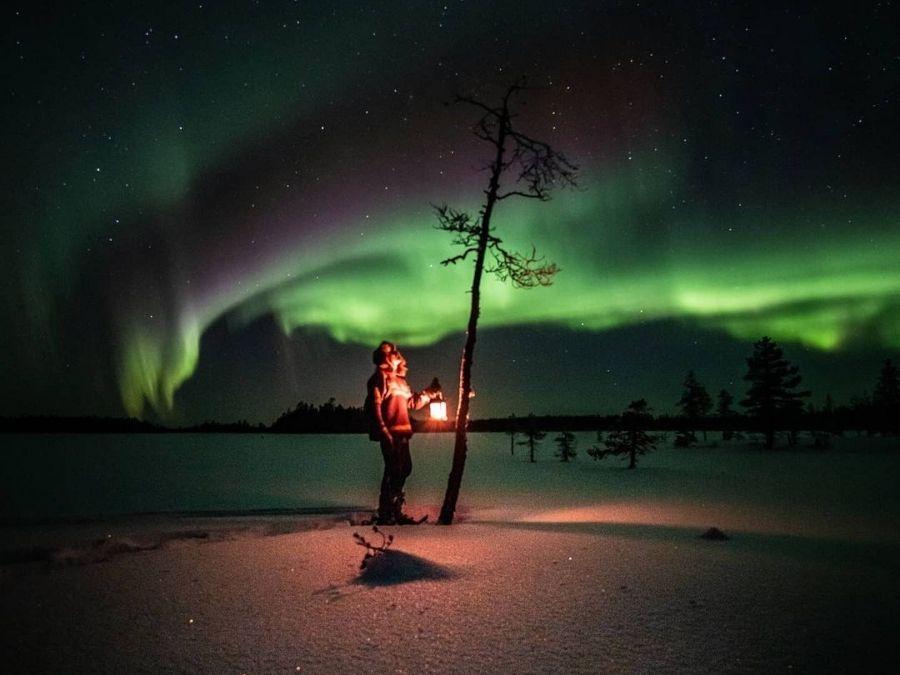
Northern lights photography is a popular hobby all over Finland and the shooting period is about 7-8 months long. The good thing about photographing northern lights is that you can get started in the hobby with very modest tools. Today, for example, the cameras of new smartphones are already starting to be so advanced that photography is reasonably successful even with a phone alone.
However, if you want to enjoy the hobby to the fullest, you should also invest a little in it. However, with a high-quality SLR camera, a bright and wide-angle lens and a sturdy tripod, you can get really far on the side of this hobby.
If you’re interested in reading more about photographing northern lights, I recommend reading the text I wrote in the spring of 2021, where I give a total of ten tips for photographing northern lights in the winter. The text deals with e.g. location search, camera settings, and general equipment.
Names and beliefs related to the Northern Lights

Before scientific explanations for the northern lights were found, many beliefs related to Finnish folklore arose from this magnificent and mystical phenomenon of light.
In Finnish, the word “revontulet” refers to the old belief that the Fire Fox running in the fells causes northern lights by whispering sparks into the northern sky with its tail.
Northern lights have also been called by many other names in Finland. Such names are, for example, “Rutjat” and “Ruija white”, which are names born in Southern Ostrobothnia.
In Northern Häme, on the other hand, it has been customary to talk about “burning of clearances” or “clearing of Pohjanen”. In Lapland, northern lights are known as “Sky White” or “Sky Fires”.
The Kalevala also refers to the Northern Lights, but the word Aurora borealis itself has not been used in this context. In the Kalevala, northern lights have instead been called the “Gates of the North”. In Finland, the auroras have also been referred to as the “Northern Fire”, which most closely resembles the English term “northern lights”.
The Sámi who lived in Lapland have always treated the northern lights with great respect. According to the Sámi beliefs, it is not worth whistling at the northern lights, as this brings with it misfortune. That belief is related to reverence for the northern lights, for according to old folk tales, the northern lights are the souls or even the gods of the dead who walk in the sky.
It has also been believed that northern lights should not be blinked either, as this can cause them to attack the ground and take the blinker as they go. Women should also not go out without a headdress at the time of the northern lights, as the northern lights may in this case grab the woman’s hair and take it with them.
According to the old Finnish people, a child born under northern lights is especially lucky.
In Europe, in addition to the North, northern lights are found in Scotland, for example, where northern lights are perceived as happy men dancing in the sky, or “merry dancers”.
From time to time, northern lights also appear on the continental European side. However, due to their rare occurrences, they have often been feared. In medieval Europe, the northern lights glistening in red were interpreted with terrified feelings, and were believed to predict the outbreak of war.
In ancient China, on the other hand, it was thought that the northern lights were a fiery breath produced by a flying dragon that spreads to the northern sky.
11 frequently asked questions and answers about Aurora borealis
Northern lights aka Aurora Borealis are known as perhaps the most famous single phenomenon in the Arctic Circle, which also involves a wide variety of mystics as well as a huge number of frequently asked questions. In this part of the post, we answer a total of eleven frequently asked questions about the Northern lights.
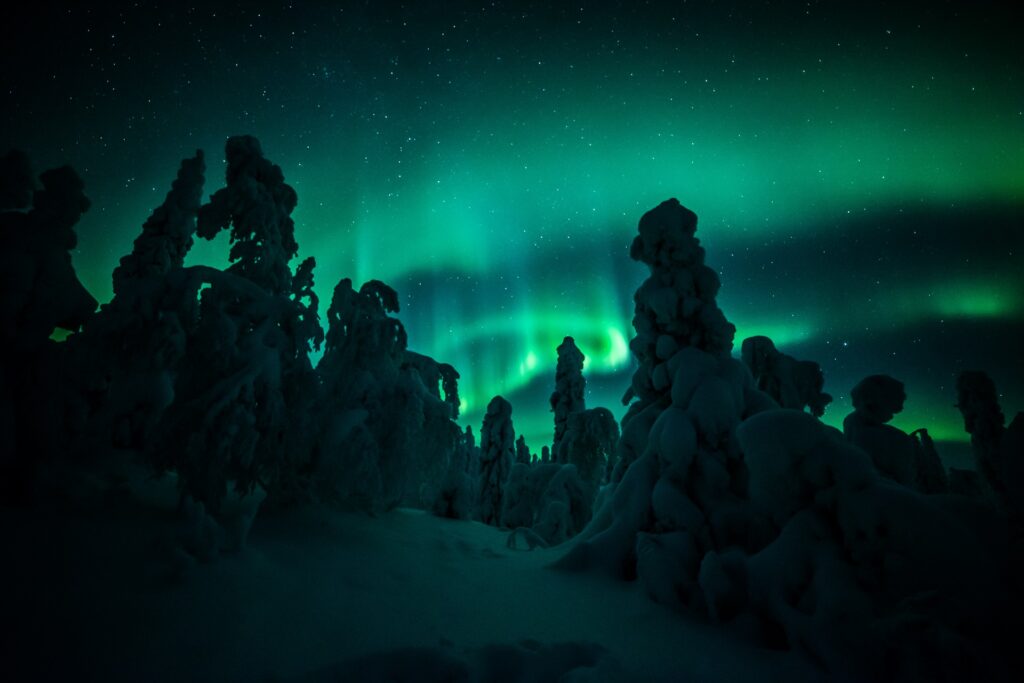
How aurora borealis are born and what do they mean?
Northern lights are created when electron particles emanating from the sun collide with the Earth’s atmosphere, where they cause a collision reaction together with oxygen and nitrogen atoms. As a result of the collision reaction, energy is released as light, which in turn appears on the earth’s surface as Aurora borealis.
Northern lights are common in and near both polar regions of the earth. This is because the particles are most efficiently directed specifically to these areas under the control of the Earth’s magnetic field.
What is a solar wind?
Solar wind refers to the flow of particles from the crown of the sun that escapes away from the sun and towards the earth, among other things. The solar wind consists mainly of protons and electrons. A gas made up of such electrically charged particles is called a plasma.
Why doesn't the aurora borealis appear on the equator?
The reason why the northern lights do not appear evenly around the globe is due to the deviation of the geographical and magnetic axes, namely, the ovals move relative to the Earth. This drives particles drifting from the sun towards the earth specifically to the polar regions, where northern lights are also generated. Also, the times of day are not equal in terms of the occurrence of northern lights, as the best times to see the Aurora borealis usually is about two hours both sides of the midnight.
What time of year is the northern lights visible?
It is possible to see the aurora borealis from the end of August until the middle of April. Most northern lights occur in the autumn and early spring in March. These times are ideal due to the fact that during the spring and autumn equinoxes, the position of the earth allows for an optimal angle of impact of the solar wind on the earth’s magnetic circle.
When is the best time to see Aurora borealis in Finland?
Northern lights occur fairly evenly throughout the year, however, autumn and spring are slightly more active than winter and summer. By summer, the nights throughout Finland are too bright to detect northern lights in the bright sky. That is why the northern lights season ends around mid-April.
About a couple of hours of the clock on either side of midnight is usually the most optimal time, but many northern lights photographers may try to find the best gap even for an entire night.
Can you see northern lights in the South Pole?
Although northern lights are generally known specifically as the phenomenon of the Arctic Circle, the same phenomenon also occurs in the South Pole. In addition to the Northern Lights, i.e. Aurora Borealis, the Aurora Australis of the southern hemisphere are also very beautiful at their best.
In the case of the South Pole, however, the view of the northern lights is limited by the fact that there is no population equivalent in those areas as near the Arctic Circle. A good guide for seeing the Aurora Australis can be found on Australia website.
How do they call Aurora borealis in Southern polar circle?
In the northern hemisphere, the northern lights are called Aurora borealis, while in the southern polar circle the phenomenon is called Aurora Australis. The name strongly refers to Australia, which is one of the countries where southern northern lights can be observed.
Can you see Aurora borealis in other places than Lapland?
In Finland, northern lights can be seen most in northern Lapland near the latitude of Lake Kilpisjärvi. However, northern lights occur throughout Finland. In the very southernmost part of Finland, around Helsinki, only one night a month is possible to detect northern lights in the light of statistics.
What is the most common form of Aurora borealis?
The most common of all northern lights is the so-called belted shape. They have a continuous or near-continuous lower edge and are generally spread in an east-west direction, extending from one horizon to another. Belted northern lights can occur as either homogeneous, radial, or stripy.
What color northern lights are most common?
Of the many colors of northern lights, the most common is green, which comes from oxygen molecules excited by electrons. The wavelength of the green color is 557.7 nm (nanometer, 10-9 m). Sometimes green northern lights can look yellow to the naked eye as well as to the camera, but it’s still the same green.
Chase the northern lights in Ranua
Seeing the northern lights and photographing them are very popular activities during the dark months. Foreign tourists in particular travel to Lapland many times, almost exclusively to see the northern lights.
In Ranua, the northern lights can be chased in many different ways and best of all: it is possible to admire the natural light show even right next to the village center. In Ranua, the street lights go out after 11 pm on weekdays, when there is no information about light pollution outside the main streets.
In addition, the bonga of northern lights can be combined with various nature activities. In Ranua, you can go out in search of northern lights with snowshoes, a snowmobile or an atmospheric Finnish horse ride. All activities can be booked both through the reception of our inn. The local companies Lapland Adventure & Hunting, Ranuan Hevospalvelut Oy and Ranua Zoo are responsible for organizing the activities.
Our company’s specialty is moving mobile glass igloo to a place free of light pollution. The transfer of Iglu can be ordered from us in winter as an additional service for a one-time price of 50 euros.
Sources and about the subject elsewhere: Visit Finland | On the hunt for the northern lights Space.com | Aurora borealis Northern light Centre | Aurora borealis explained
